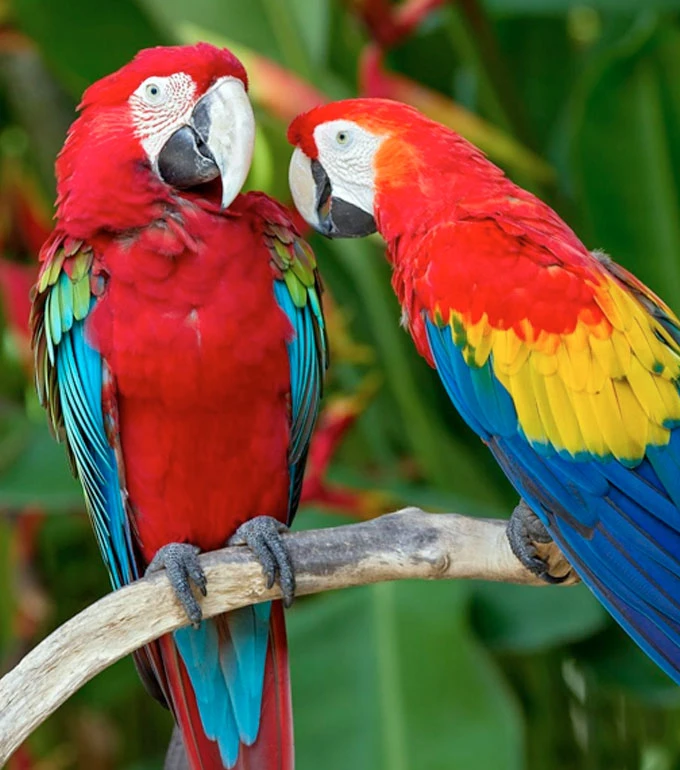The animals
Universal Declaration of Animal Rights - Unesco - UN
(Brussels - Belgium, 27 January 1978)
Preamble:
Considering that every animal has rights;
Considering that ignorance and disregard for these rights have
taken and continue to lead man to commit crimes against animals and
against nature;
Whereas the recognition by the human species of the right to
existence of other animal species is the foundation of the
coexistence of other species in the world;
Whereas genocides are perpetrated by man and there is a danger
to continue to perpetrate others;
Whereas the respect of men for animals is linked to the
respect of men for their fellow men;
Considering that education must teach from childhood to observe, the
understand, respect and love animals,
The following is hereby proclaimed:ARTICLE 1:
All animals are born equal in the face of life, and have the same right to exist.
ARTICLE 2:
a) Each animal has the right to respect.
b) Man, as an animal species, cannot be granted the right to exterminate
other animals, or exploit them, violating that right. He has a duty to put his
conscience in the service of other animals.
c) Each animal has the right to human consideration, healing and protection.
ARTICLE 3:
a) No animal will be subjected to maustratos and cruel acts.
b) If the death of an animal is necessary, it must be instantaneous, without pain or anguish.
ARTICLE 4:
a) Every animal that belongs to a wild species has the right to live free in its
terrestrial, aerial and aquatic environment, and has the right to reproduce.
b) Deprivation of liberty, even for educational purposes, is contrary to this right.
ARTICLE 5:
a) Each animal belonging to a species, which habitually lives in the environment of the
man, has the right to live and grow according to the pace and conditions of life and
freedom that are proper to their kind.
b) Any modification imposed by man for commercial purposes is contrary to this
right.
ARTICLE 6:
a) Each animal that the man chooses as a companion has the right to a duration of
life according to its natural longevity
b) The abandonment of an animal is a cruel and degrading act.
ARTICLE 7:
Each animal that works has the right to a reasonable limitation of time and intensity
work and adequate food and rest.
ARTICLE 8:
a) Animal experimentation, which implies physical suffering, is incompatible with
animal rights, whether it be a medical, scientific, commercial experience or any other
other.
b) Substitute techniques must be used and developed
ARTICLE 9:
No animal should be raised for food, it should be nourished,
housed, transported and slaughtered, without anxiety or pain for him.
ARTICLE 10:
No animal should be used for man's amusement. The exhibition of animals and the
shows that use animals are incompatible with the dignity of the animal.
ARTICLE 11:
The act that leads to the death of an animal unnecessarily is a biocide, that is, a crime against
life.
ARTICLE 12:
a) Every act that leads to the death of a large number of wild animals is a genocide, that is,
a crime against the species.
b) The annihilation and destruction of the natural environment leads to the genocide.
ARTICLE 13:
a) The dead animal must be treated with respect.
b) The scenes of violence of which animals are victims, must be prohibited in the cinema and
on television, unless they are intended to show an attack on the rights of
animals.
ARTICLE 14:
a) Associations for the protection and safeguarding of animals must be represented at the level of
government.
b) Animal rights must be defended by laws, such as the rights of men.

